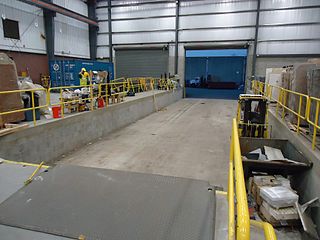Process cost procedures
There are four basic steps in accounting for Process cost:
- Summarize the flow of physical units of output.
- Compute output in terms of equivalent units.
- Summarize total costs to account for and Compute equivalent unit costs.
- Assign total costs to units completed and to units in ending work in process inventory.
The journal entries for process costing are the same as those for job-order costing with one exception. The entry to transfer cost from one work-in-process account to another is:
Work-in-process inventory-second department Debit (Left)
Work-in-process-first department Credit (Right)
e.g.(1) Micro Labs Company produces house paint in two processing departments: the Mixing Department which mixes the paint colors and the Finishing Department which puts the paint in containers and labels them. The following information related to the company’s operation for October follows:
A) Raw materials were issued for use in production: Mixing department, $551,000, and the Finishing department, $629,000. B) Direct labor costs incurred: Mixing department $230,000, and Finishing department $270,000. C) Manufacturing overhead cost applied: Mixing department $665,000, and Finishing department, $405,000. D) The cost of the mixed paint transferred from the Mixing department to the Finishing department was $1,850,000. E) Paint that had been prepared for shipping was transferred from the Finishing department to Finished Goods. Cost of the transferred paint was $3,200,000.
Required: Prepare journal entries to record items A) through E) above.
Solution(1):
–Work in Process – Mixing 551,000 –Work in Process – Finishing 629,000 –Raw Materials 1,180,000 –Work in Process – Mixing 230,000 –Work in Process – Finishing 270,000 –Wages and Salaries Payable 500,000 –Work in Process – Mixing 665,000 –Work in Process – Finishing 405,000 –Manufacturing Overhead 1,070,000 –Work in Process – Finishing 1,850,000 –Work in Process – Mixing 1,850,000 –Finished Goods 3,200,000 –Work in Process – Finishing 3,200,000
e.g.(2) Larney Corporation uses process costing. A number of transactions that occurred in June are listed below. As follows:
A) Raw materials that cost $38,200 are withdrawn from the storeroom for use in the Mixing Department. B) Direct labor costs incurred $36,500,in the Mixing Department. C) Manufacturing overhead of $42,100 is applied in the Mixing Department. D) Units with a carrying cost of $112,400 finish processing in the Mixing Department and are transferred to the Drying Department for further processing. E) Units with a carrying cost of $143,800 finish processing in the Drying Department, the final step in the production process, and are transferred to the finished goods warehouse. F) Finished goods with a carrying cost of $138,500
Required: Prepare journal entries to record items A) through F).
Solution (2):
–work in process-mixing department $38,200 —raw materials $38,200 –work in process $36,500 –salaries/wages payable $36,500 –work in process-mixing department $42,100 –manufacturing overhead $42,100 –work in process-drying department. $112,400 –work in process mixing department $112,400 –finished goods $143,800 –work in process-drying department $143,800 -costs of goods sold $138,500 –finished goods $138,500




